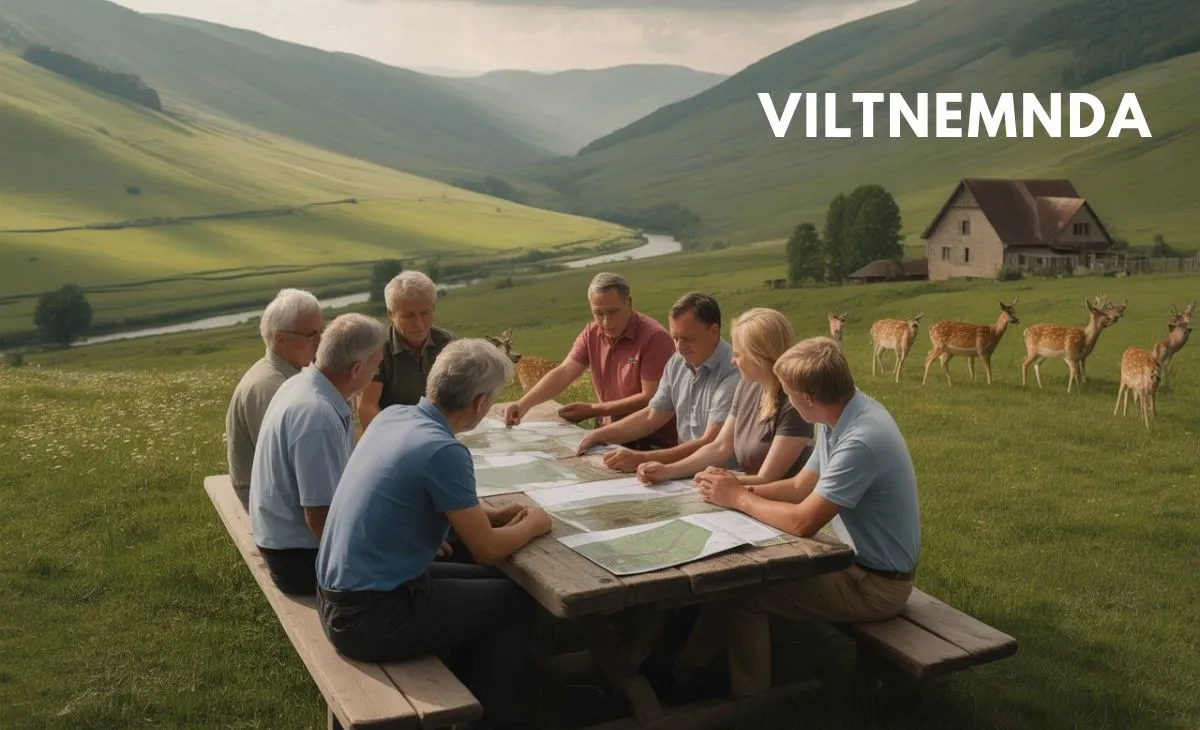Wildlife conservation is not only about protecting animals; it is also about creating balance between people, nature, and future sustainability. Across different parts of the world, local authorities are given responsibility to manage species, prevent conflicts, and maintain ecological harmony. One such body that stands out in Scandinavian countries is viltnemnda, a committee responsible for managing wild animals at the local level.
The Need for Local Wildlife Management
As human settlements expand into natural habitats, animals and people are bound to cross paths more often. Without proper management, this can result in road accidents, damage to crops, or even threats to livestock. Local wildlife committees exist to reduce these risks while ensuring that species populations remain healthy.
Their work typically involves:
- Collecting data on animal populations and migrations.
- Setting hunting quotas and timelines to avoid overpopulation.
- Providing solutions to farmers when wild animals cause damage.
- Educating citizens on safe practices around wildlife.
How Committees Work in Practice
Unlike distant government departments, local wildlife committees operate closer to communities. Their members usually have direct experience with the environment, hunting, or farming, giving them insight into practical challenges.
For instance, when harsh winters limit food sources, wild animals often wander into towns. Instead of letting conflicts escalate, committees may set up feeding zones further away from residential areas. This ensures animals survive without putting people at risk.
Case Example: A Balanced Approach
In one Scandinavian municipality, local farmers were losing crops because deer herds moved too close to fields during spring. Instead of calling for mass culling, the wildlife committee partnered with researchers to test non-lethal deterrents. Reflective fencing and sound-based barriers were installed, which successfully guided animals back toward forest areas. This reduced losses while preserving biodiversity.
Challenges in the Modern Era
Managing wildlife today is more complex than in the past. Climate change is altering migration routes, while urban development reduces natural habitats. These factors make predictions less reliable, and committees must adjust strategies constantly.
Some of the modern tools being adopted include:
- GPS tracking collars to follow animal movements.
- Data analytics to forecast population changes.
- Community reporting apps that allow citizens to share sightings or conflicts instantly.
At the same time, transparency has become essential. Citizens expect to be informed about why certain measures are taken, especially when it involves sensitive issues like controlled hunting.
Benefits to Communities
The presence of a wildlife management committee benefits both people and nature. By preventing overpopulation of species, they reduce accidents and agricultural losses. By setting ethical hunting practices, they also support outdoor tourism and maintain ecological balance.
Moreover, such committees serve as a communication bridge between citizens and higher government authorities. They ensure that local knowledge and concerns shape national conservation strategies.
Looking Ahead
As societies continue to grow, the relationship between people and wildlife will need even more careful handling. Committees like viltnemnda show that sustainable solutions are possible when science, tradition, and community knowledge come together. The future of conservation depends on strengthening these local structures and adapting them to modern challenges.
Conclusion
Wildlife management is about more than protecting animals—it’s about securing a balanced future for everyone. Local committees stand as a vital example of how small-scale governance can make a big difference in ecological preservation. By addressing human-wildlife conflicts, supporting education, and adapting to new environmental realities, they ensure that both people and nature thrive side by side.
FAQs
- What is viltnemnda?
It is a local wildlife management committee that works on protecting animals and reducing conflicts with humans. - Why are local wildlife committees important?
They maintain balance between people and nature by preventing accidents, protecting farmlands, and keeping ecosystems healthy. - How do committees handle human-wildlife conflicts?
Different approaches are used, such as non-lethal deterrents, relocation programs, and regulated hunting when necessary. - Do communities take part in decision-making?
Yes, local farmers, hunters, and citizens often collaborate with committees to share knowledge and find solutions. - What challenges exist in wildlife management today?
Climate change, urbanization, and shifting migration patterns make the work of local committees more complex.





